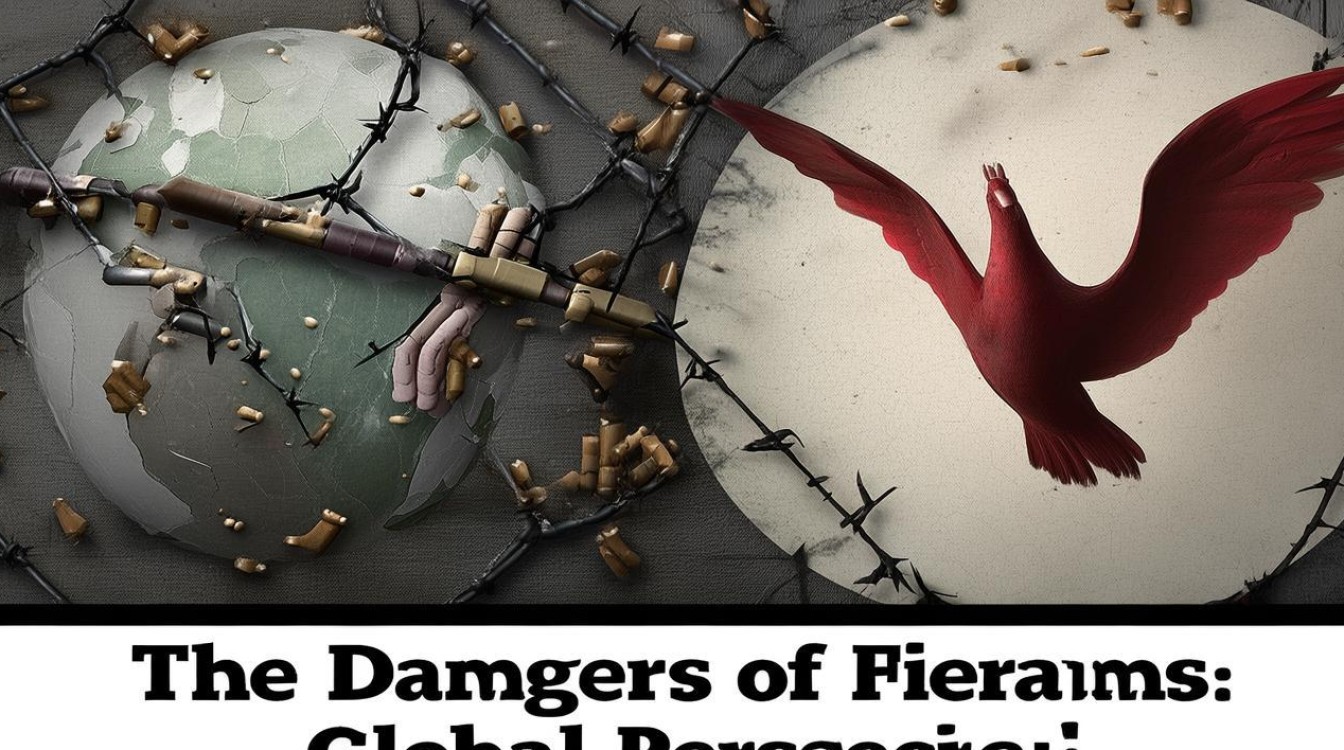Firearms have long been a controversial topic, sparking debates on safety, rights, and regulation. While some argue for their necessity in self-defense or sport, the risks they pose to individuals and society cannot be ignored. This article examines the dangers of guns, focusing on accidental injuries, violent crime, mental health implications, and the broader societal impact.

Accidental Injuries and Deaths
One of the most immediate dangers of firearms is accidental discharge, which often leads to severe injuries or fatalities. Studies show that thousands of people, including children, are injured or killed each year due to mishandled guns. Many of these incidents occur in homes where firearms are improperly stored.
Children are particularly vulnerable. A loaded weapon left unattended can lead to tragic consequences, as curiosity often overrides caution. Even with safety measures, accidents happen—trigger locks fail, safes are left unlocked, and inexperienced handlers make fatal mistakes. The presence of a gun in a household statistically increases the risk of unintentional harm.
Firearms and Violent Crime
Guns are frequently used in violent crimes, including robberies, assaults, and homicides. Countries with stricter gun control laws tend to have lower rates of gun-related violence, while regions with lax regulations often see higher incidents of shootings.
Mass shootings, in particular, have become a growing concern. These events not only claim lives but also create lasting trauma for survivors and communities. The ease of access to high-capacity weapons enables attackers to inflict maximum damage in minimal time. While mental health plays a role in some cases, the availability of firearms significantly escalates the potential for harm.

Mental Health and Suicide Risks
The link between firearms and suicide is well-documented. Research indicates that individuals with access to guns are far more likely to die by suicide than those without. The impulsive nature of many suicide attempts means that having a readily available lethal method drastically increases the fatality rate.
Unlike other means of self-harm, guns offer little opportunity for intervention or survival. A momentary crisis can become irreversible in seconds. Reducing access to firearms has been shown to lower suicide rates, highlighting the need for responsible storage and awareness.
Societal Impact and Public Safety
Beyond individual tragedies, widespread gun ownership affects entire communities. Fear of gun violence alters behavior—parents hesitate to send children to school, public gatherings feel unsafe, and neighborhoods plagued by shootings suffer economic decline.
Law enforcement faces increased risks when firearms are prevalent. Officers must assume every encounter could involve a weapon, escalating tensions and sometimes leading to unnecessary use of force. The cycle of violence perpetuates mistrust between communities and authorities.

The Role of Regulation
Many nations have implemented strict gun control measures with positive results. Background checks, waiting periods, and bans on military-style weapons have reduced gun-related deaths in several countries. While no system is perfect, evidence suggests that sensible regulations can save lives without infringing on lawful ownership.
Advocates for gun rights often emphasize self-defense, yet statistics reveal that firearms are more likely to harm their owners or loved ones than stop a criminal. Safe storage and training can mitigate risks, but the inherent danger of guns remains.
Moving Forward
The debate over firearms will likely continue, but prioritizing safety is essential. Education on responsible ownership, stricter background checks, and community programs addressing violence can help reduce harm. While personal freedoms matter, they must be balanced against the collective right to security.
Guns are not merely tools—they are lethal weapons with irreversible consequences. Society must weigh their benefits against the undeniable risks they bring. Reducing gun violence requires a combination of policy, education, and cultural change to create safer communities for everyone.


